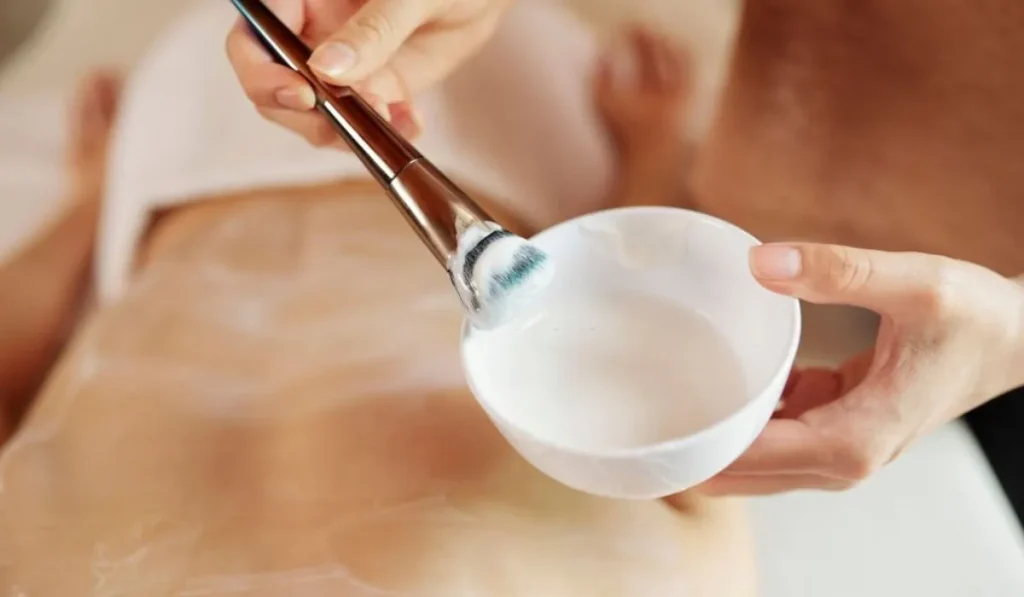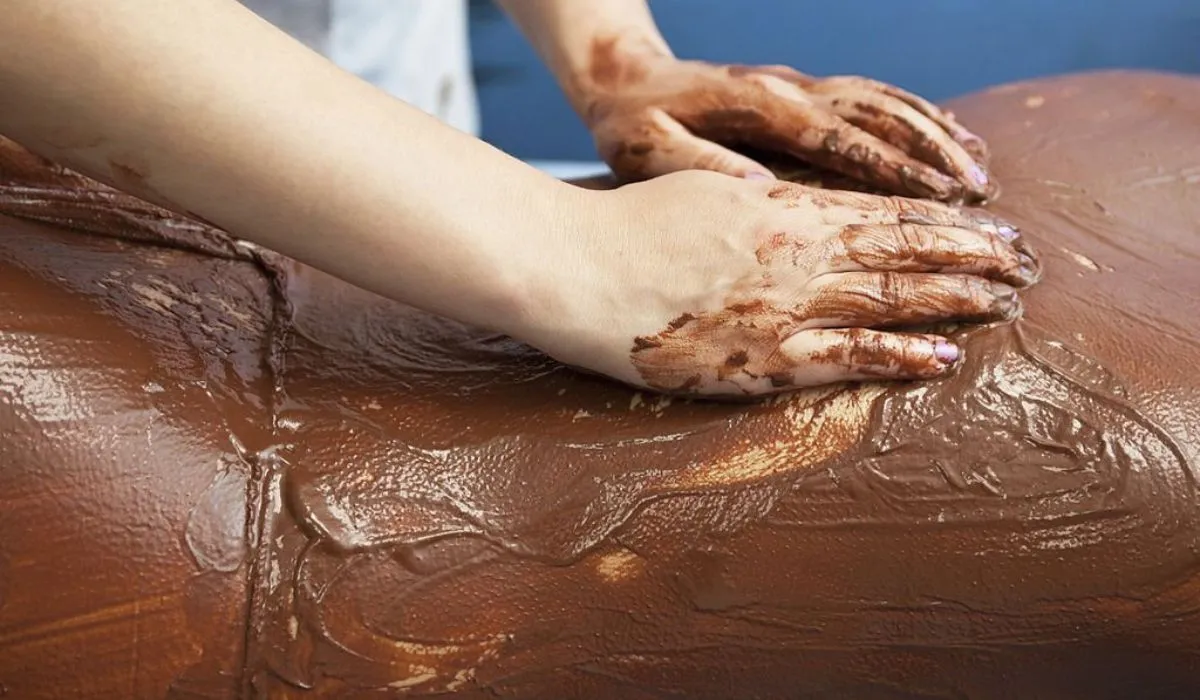Butt masks have become increasingly popular in recent years as people seek new ways to care for and enhance their backsides. But do these masks actually deliver results?
In this article, we’ll explore what butt masks are, who can benefit from using them, their effectiveness, benefits, potential side effects, and tips for safe use. Read on to learn all about this trending beauty treatment.
What Do You Mean By Butt Mask? Why It Is Used?
A butt mask is a specialized skin care product that is formulated to target the skin on the buttocks. It typically comes in the form of a cream, gel, or sheet mask that adheres to the butt area. Butt masks contain ingredients like vitamins, antioxidants, oils, clay, and emollients that nourish, hydrate, and rejuvenate the skin on the cheeks.

Butt masks are used for several reasons. Firstly, they moisturize dry, cracked skin on the rear. The skin on our behinds tends to be drier than other parts of the body as it rarely sees the light of day.
Butt masks provide intense hydration to restore supple, smooth skin. Secondly, they can improve skin texture and fade dark spots or discoloration on the cheeks for a more even, radiant complexion.
The exfoliants and brightening agents in butt masks help gently buff away dead skin cells and pigmentation. Lastly, some butt masks contain ingredients that help lift, tighten, and plump the skin on the booty. For those looking to enhance and perk up their posterior, these masks may provide slight improvements in firmness and shape.
Do Butt Masks Actually Work? Is It Suitable For All Ages
When used properly and consistently, butt masks can be effective in providing several skin care benefits. The moisturizing and nourishing ingredients do hydrate and revive dry, tired skin on the glutes. In particular, sheet masks often provide an instant boost of hydration.
Exfoliating masks containing AHAs or BHAs can smooth bumpy skin texture and lighten pigmented areas on the rear. Firming masks with peptides or caffeine can temporarily tighten and lift the booty.
However, it’s important to have realistic expectations. A single use butt mask likely won’t drastically change the shape or size of your bottom. Long-term, regular use is key for seeing results from ingredients that boost collagen production and improve skin elasticity.
Committing to a routine of masks 2-3 times per week for several months is best. Even then, the effects tend to be modest improvements in skin quality, not dramatic changes in volume. Proper diet and targeted exercises are much more impactful for shaping and lifting the glutes.
Butt masks are suitable for most adults but should be avoided by those with very sensitive skin or open wounds. Teenagers can use hydrating and gentle exfoliating masks but should avoid intense chemical peels on the behind. Consult a dermatologist if unsure about suitability. Proper patch testing is recommended, especially for acid-based products.
Benefits & Uses Of Butt Masks
Butt masks can be used in your weekly skin care regimen 2-3 times per week. Focus on hydrating and exfoliating masks for maintenance.
Use firming masks pre-event for a contoured look under clothes. Alternate between mask types for comprehensive care. Always follow with a broad spectrum sunscreen during daytime to protect the cheeks.
Regular use of butt masks provides several benefits:
- Deep Hydration For Dry, Flaky Skin
- Gentle Exfoliation To Smooth Rough Texture
- Fading Of Dark Spots and Discoloration
- Tightening and Lifting Effects For a Perkier Posterior
- Brightening Of Dull Skin For a Radiant Glow
Some popular ingredients to look for include: vitamin C for brightening, hyaluronic acid to hydrate, lactic or glycolic acid for chemical exfoliation, caffeine or peptides to stimulate and lift. Avoid sensitizing ingredients like retinol if you have reactive skin.
What Are The Side Effects Of Butt Masks?
When used correctly, butt masks are generally very safe with minimal risks. However, some potential side effects include:
Irritation: Masks containing acids or fragrances may cause redness, stinging, or itching for those with sensitive skin. Discontinue use if irritation occurs.
Allergic Reaction: Check ingredient labels carefully if you have known allergies. Discontinue use if hives, swelling, or severe itching occurs.
Sun Sensitivity: AHAs and retinoids increase sun sensitivity. Always apply SPF after using these masks.
Dryness: Over-exfoliation from masks can cause flaking, dry patches. Use hydrating masks and moisturizers to counteract.
Skin Damage: Applying masks too aggressively or using masks too often can damage the skin barrier. Ease into a gradual routine.
To minimize risks, do a patch test before first use and slowly incorporate masks into your regimen. Don’t use harsh masks daily. Moisturize after masking. Avoid sun exposure after exfoliating masks. See a dermatologist if any severe reactions occur.
Precautions & Tips While Using Butt Masks
Here are some tips for safe and effective use of butt masks:
Conclusion
Butt masks can be a beneficial addition to your skin care routine when used properly. The best results come from consistent, long-term use of hydrating, smoothing and firming formulas.
Realistic expectations are important – dramatic changes in the butt’s size and shape are unlikely from masks alone. Still, the moisturizing, exfoliating, and tightening effects can restore youthful, healthy skin on the rear.
Approach butt masking with care, doing patch tests and gradually introducing new products. With regular use, you’re likely to see improvements in texture, tone, and perkiness. Just don’t forget your SPF!
FAQs
Q1: How Often Should I Use a Butt Mask?
Start by using a butt mask 1-2 times per week and work up to 2-3 times weekly for optimal results. Avoid daily use to prevent over-exfoliating the cheeks.
Q2: When Is The Best Time To Use a Butt Mask?
Apply butt masks at night before bedtime so they can fully absorb while you sleep. This prevents the mask from rubbing off onto clothing.
Q3: What Ingredients Should I Look For in a Butt Mask?
Seek hydrating ingredients like shea butter, hyaluronic acid, vitamin E. For exfoliation, look for AHAs like lactic acid or BHAs like salicylic acid. Firming masks should contain peptides, caffeine or retinol.
Q4: Can I Use a Facial Sheet Mask On My Butt?
While not ideal, you can use a facial sheet mask on the butt in a pinch. Look for hydrating masks free of irritating extracts. Ensure it fits smoothly over the cheeks.
Q5: Can Butt Masks Get Rid Of Cellulite?
Unfortunately, topical products like masks cannot eliminate cellulite. Cellulite is linked to genetics, hormones, and subcutaneous fat distribution. Butt masks can temporarily smooth the appearance.
Q6: Will a Butt Mask Grow or Enlarge My Butt?
Butt masks alone cannot significantly increase the size or volume of your rear. Diet, exercise, and procedures like BBL are more effective for butt enhancement. Masks provide skin benefits only.

